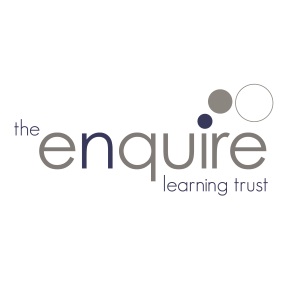
There’s something of a secret garden about Early Years practice and provision which makes it hard for those who aren’t immersed in that world to understand what it takes to create a great place for children of that age to learn. I’m lucky enough to have enquires into the practice of dozens of Early Years classrooms over the last few years. And tested out what I have experienced with a number of different Early Years leaders. I can’t claim to be an expert but what I am able to do is test out what those leaders are saying about great practice and what I observe in classrooms. What I’ve drawn from those reflections are 8 things for Early Years leaders to think about when designing learning in the early years
- How does the current topic or theme shape the design of the classroom environment
- How do familiarity and routine establish an environment which belongs to children
- How does the cycle of PLAN, DO, REVIEW give shape and structure to continuous provision
- If the choices children are offered are to be compelling they need to be continually renweed in the light of children’s emerging interests
- How do adults play complementary roles in ensuring all children get a really powerful learning experience
- How do adults guide children in their choices so that they experience broad and balanced learning opportunities
- How are adults intervening so that children of all abilities are challenged to take their learning to another level
- Do you have absolute clarity about the learning purpose of each activity and are you open to being surprised that children learn things you didn’t anticipate
I think the term ‘free flow’ gives the wrong message about what is actually going on during what should be called ‘continuous provision’. When I see continuous provision done really well I’ve come to call it ‘guided choosing‘. At the heart of the process is children learning to make good choices about their learning.